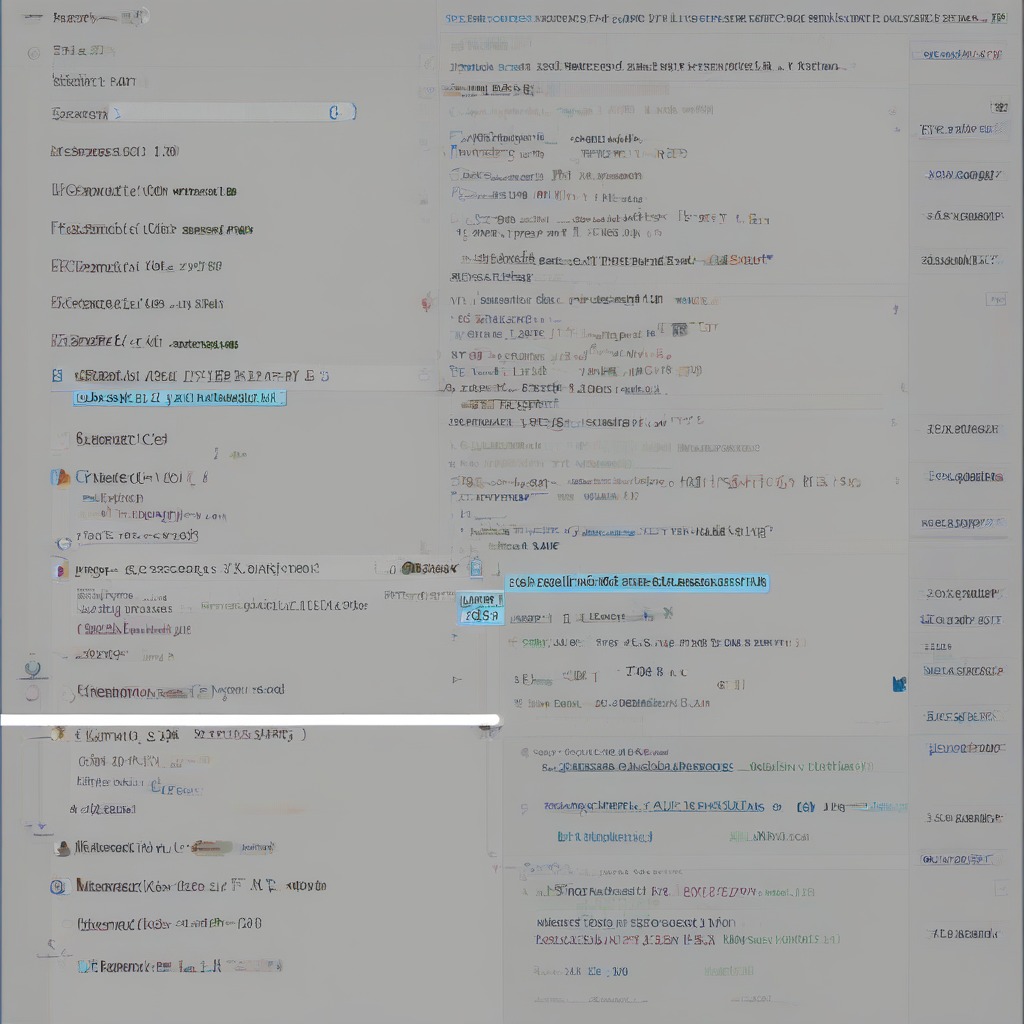Home Improvement Loans Without Equity: Your Guide to Funding Your Dream Remodel
Dreaming of a kitchen remodel, a luxurious bathroom, or a backyard oasis? Home improvement projects can dramatically enhance your living space and boost your property value. But what if you don’t have enough equity in your home to qualify for a traditional home equity loan or line of credit? Don’t despair! There are still financing options available to help you achieve your home improvement goals.
Understanding Equity in Home Improvement Loans
Before we dive into the options, let’s clarify what equity means in the context of home improvement loans. Equity is essentially the difference between the current market value of your home and the outstanding balance on your mortgage. Lenders typically require borrowers to have a certain amount of equity in their homes before approving a loan. This is because they want to ensure that they can recoup their losses if you default on the loan.
Home Improvement Loans Without Equity: Exploring Your Options
While traditional home equity loans and HELOCs often require equity, there are alternative financing solutions designed specifically for homeowners without significant equity. These options typically involve higher interest rates than traditional loans due to the increased risk for lenders. Let’s explore these options in detail:
1. Personal Loans
- What they are: Personal loans are unsecured loans, meaning they aren’t backed by collateral like your home. They can be used for a variety of purposes, including home improvements.
- Advantages:
- No equity requirement
- Fixed interest rates, making budgeting easier
- Faster approval process than secured loans
- More flexible terms and repayment options
- Disadvantages:
- Higher interest rates compared to secured loans
- Lower loan amounts available
- Potential for debt consolidation if you have multiple debts
2. Home Improvement Loans From Retailers
- What they are: Many home improvement retailers offer financing options specifically for their products and services. These loans are typically tied to the purchase of specific items, such as appliances, windows, or roofing.
- Advantages:
- Convenient and often integrated into the purchase process
- Potentially lower interest rates than traditional loans
- Special financing promotions and deferred interest periods
- Disadvantages:
- Limited to specific products and retailers
- Potential for higher interest rates if promotional periods expire
- May not offer the flexibility of traditional loans
3. Cash-Out Refinancing
- What it is: Cash-out refinancing involves refinancing your existing mortgage for a higher amount, allowing you to access the difference in cash. This cash can be used for home improvements.
- Advantages:
- Potentially lower interest rates compared to unsecured loans
- Larger loan amounts available
- Can be used for other purposes besides home improvements
- Disadvantages:
- Requires a credit score and income verification
- Closing costs and fees associated with refinancing
- May extend your mortgage term and increase total interest paid
4. FHA 203(k) Loans
- What they are: FHA 203(k) loans are government-insured mortgages that allow you to finance both the purchase of a home and the cost of necessary repairs or improvements. They are often used for rehabilitation or renovation projects.
- Advantages:
- Lower down payment requirements compared to conventional loans
- Can finance both the purchase and the renovation
- Flexibility in choosing contractors and materials
- Disadvantages:
- More complex application process and requirements
- May take longer to close than traditional loans
- Limited to certain types of repairs and improvements
5. Government Grants and Programs
- What they are: Various government agencies and programs offer grants and financial assistance for home improvements, especially those that improve energy efficiency or accessibility.
- Advantages:
- Free or low-interest financing
- Targeted towards specific improvements, such as energy efficiency or accessibility upgrades
- May offer tax benefits or rebates
- Disadvantages:
- Limited availability and eligibility requirements
- Strict guidelines for project scope and contractor selection
- Potentially lengthy application processes
Important Considerations When Choosing a Home Improvement Loan
Once you’ve explored the available options, it’s important to carefully consider several factors before making a decision:
1. Credit Score and Income
- Your credit score and income will heavily influence your loan eligibility and interest rates. Lenders will assess your credit history and income to determine your ability to repay the loan.
2. Interest Rates and Fees
- Interest rates vary widely depending on the type of loan, lender, and your creditworthiness. Compare offers from multiple lenders to find the best rates and terms. Be sure to factor in any origination fees, closing costs, or other associated expenses.
3. Loan Amount and Repayment Term
- Determine how much you need to borrow and what repayment period works best for your budget. Longer repayment terms can result in lower monthly payments but may lead to higher total interest paid.
4. Project Scope and Timeline
- Consider the scope of your home improvement project and the expected completion timeline. Choose a loan option that provides sufficient funds and a repayment schedule that aligns with your project milestones.
5. Contractor Selection and Permits
- Some lenders may have specific requirements for contractor selection and project permits. Be sure to understand these guidelines to ensure compliance and avoid potential delays or complications.
Tips for Securing a Home Improvement Loan Without Equity
- Improve your credit score: Before applying for a loan, take steps to improve your credit score by paying bills on time, reducing debt, and disputing any errors on your credit report.
- Shop around for rates: Compare offers from multiple lenders to secure the best interest rates and terms.
- Consider a co-signer: If your credit score is low, a co-signer with good credit may help you qualify for a loan with more favorable terms.
- Get pre-approved for a loan: This process allows lenders to assess your creditworthiness and provides you with a clear picture of your loan options.
- Explore government assistance programs: Investigate if you qualify for any grants or programs that can help finance your home improvements.
Conclusion
Securing a home improvement loan without equity may seem challenging, but it’s not impossible. By understanding the available options, carefully comparing terms, and taking proactive steps to improve your creditworthiness, you can unlock the financing necessary to transform your living space and realize your dream remodel.





